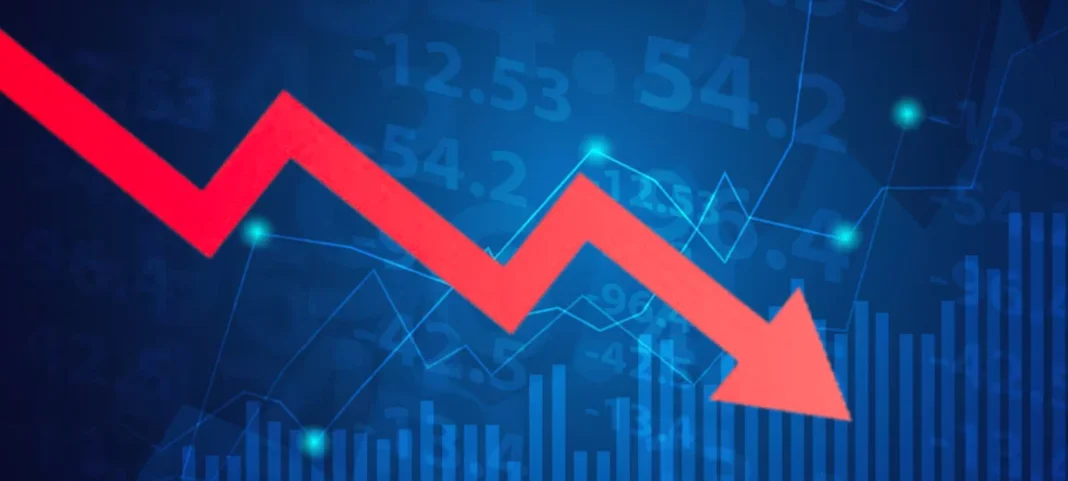The Indian stock market faced a significant jolt on February 3, 2025, as the Sensex nosedived over 700 points, wiping out ₹5 lakh crore in investor wealth.
This sharp decline was driven by a combination of global and domestic factors, with the spotlight on U.S. President Donald Trump’s latest tariff measures.
The development has not only rattled Indian markets but also sparked concerns about the broader implications for the global economy.
Major Drivers Behind the Market Crash
1. Trump’s Tariff Shock
President Trump’s announcement of steep tariffs on imports from key trading partners has sent ripples across global financial markets.
The new tariffs, aimed at addressing geopolitical and economic concerns, have raised fears of retaliatory actions from affected nations. For India, the move signals potential disruptions to global trade flows, which could impact export-driven sectors and overall economic growth.
2. Global Market Weakness
The tariff announcement triggered a sell-off in major global indices, with Asian markets leading the decline. Investor sentiment soured as fears of a prolonged trade standoff resurfaced, creating uncertainty about future economic stability. This negative momentum spilled over into Indian markets, amplifying selling pressure and dragging down key indices.
3. Foreign Investor Exodus
Foreign institutional investors (FIIs) have been pulling funds out of Indian equities in recent months due to rising global uncertainties and concerns over high valuations.
The latest developments have further accelerated this trend, as FIIs seek safer investment havens amid growing volatility. This exodus has put additional pressure on Indian markets, leading to sharp declines across sectors.
4. Rupee Weakness
The Indian rupee hit a record low against the U.S. dollar, adding to market woes. A weaker rupee increases the cost of imports and raises inflationary risks, which can hurt corporate profitability and dampen investor confidence.
The currency’s depreciation has also heightened fears of capital outflows from India, compounding the challenges for equity markets.
5. Uncertainty Ahead of RBI Policy
Investors are treading cautiously ahead of the Reserve Bank of India’s upcoming monetary policy meeting.
While there is hope for measures to support growth, such as potential interest rate cuts, the central bank faces a delicate balancing act given the external pressures stemming from global trade tensions and currency fluctuations.
Impact on Sectors and Stocks
The sell-off was broad-based, with both large-cap and mid-cap stocks taking a hit. Export-oriented sectors such as IT and pharmaceuticals were particularly impacted due to concerns about global demand slowing down. Banking and financial stocks also faced significant pressure as fears of rising inflation and currency risks weighed on investor sentiment.
What Lies Ahead?
The current market turmoil highlights the interconnected nature of global economies and how external shocks can ripple through domestic markets.
While some analysts believe that Indian equities may see a recovery once global uncertainties ease, volatility is expected to persist in the near term.
Investors will need to remain cautious and closely monitor developments in global trade policies and domestic economic indicators.
In this challenging environment, diversification and a focus on quality stocks with strong fundamentals could help mitigate risks.
The coming weeks will be crucial in determining whether markets stabilize or face further headwinds from geopolitical and economic developments.
This episode serves as a stark reminder of how sensitive emerging markets like India are to external shocks, underscoring the importance of maintaining resilience in an increasingly interconnected world economy.
Also Read

